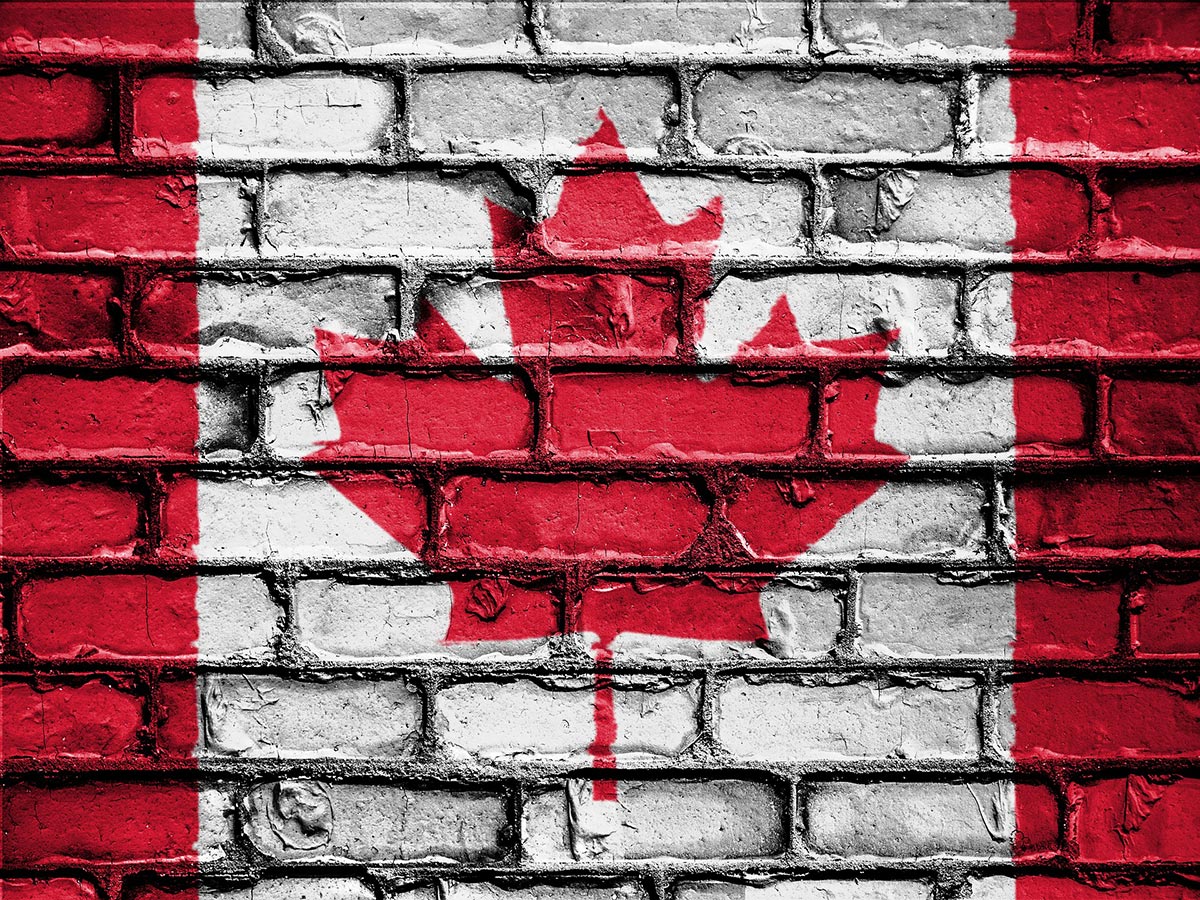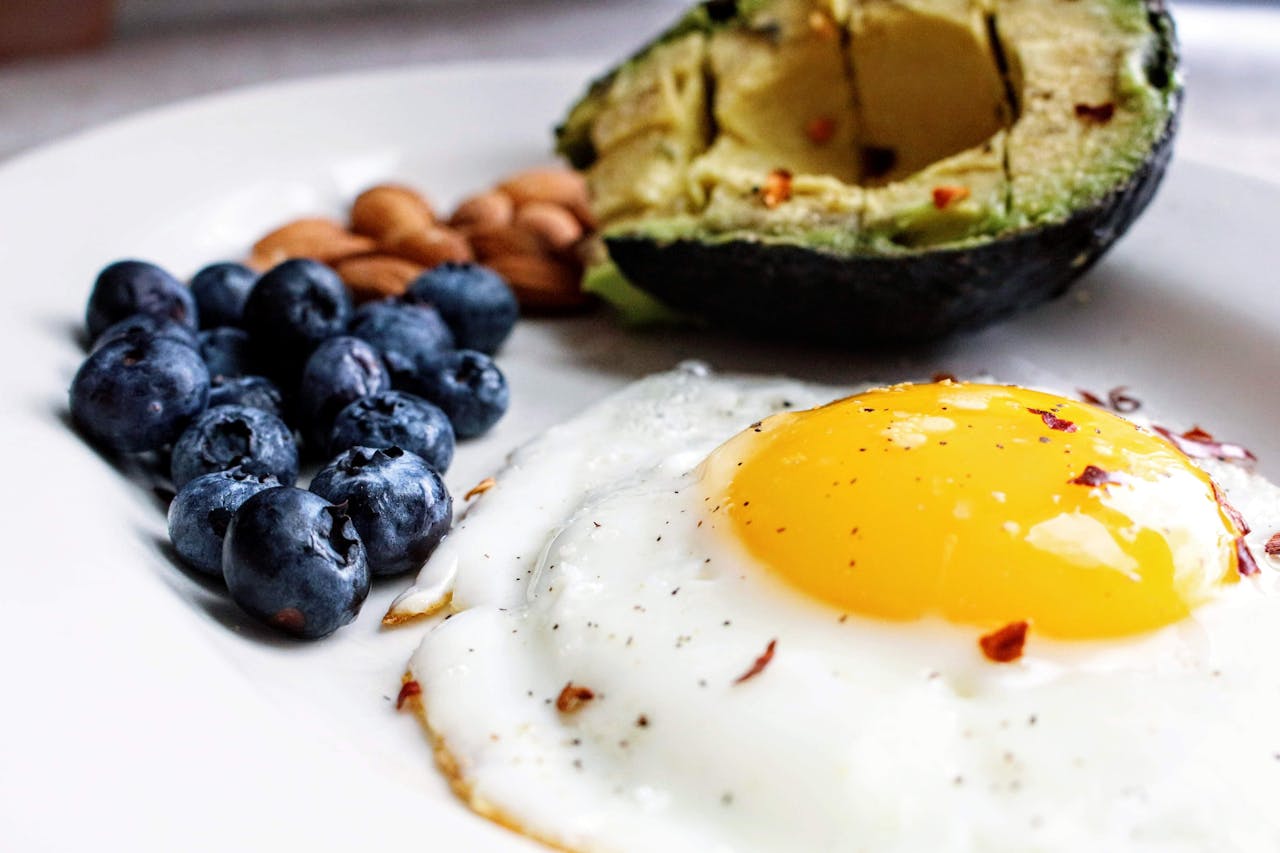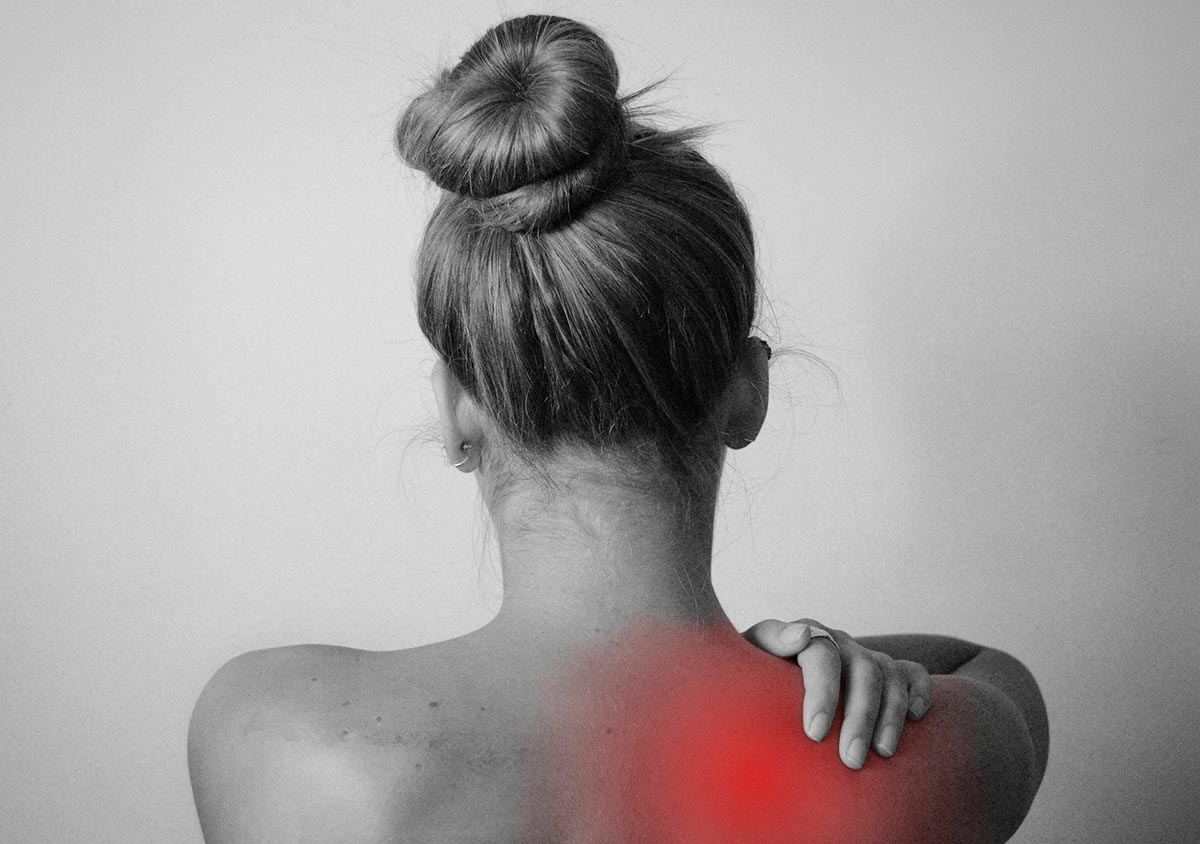Clean eating and gym memberships don’t fix systemic health collapse.
We live in a world where people fear overtraining more than they fear underliving. The wellness industry warns us about cortisol spikes, recovery windows, and the dangers of skipping rest days. But for millions of Americans, rest isn’t optional — it’s imposed by poverty, chronic illness, and systemic neglect. The truth is, you’re not dying from too much fitness. You’re dying from too little life.
The Real Killers: Social Determinants of Health
Health isn’t built in gyms — it’s built in neighborhoods. The World Health Organization defines social determinants of health as the conditions in which people are born, grow, live, work, and age. These factors — income, education, housing, access to nutritious food — shape our health far more than any workout plan.
In food deserts, clean eating is a fantasy. When the nearest grocery store is miles away and the corner shop sells nothing but processed carbs, nutrition becomes a privilege. Poverty forces people into survival mode, where cheap calories trump micronutrients and stress eats away at longevity.
And with upcoming 2026 cuts to food stamps and Medicaid, many will soon face a cruel trade-off: skip the broccoli to afford the blood pressure meds. It's the exact opposite of what MAGA preaches — personal responsibility becomes impossible when the system punishes prevention.
Preventive care? For many, it’s a luxury. Screenings, therapy, even basic dental checkups are out of reach for the uninsured and underemployed. The system isn’t broken — it’s working exactly as designed: to reward the fit and punish the fragile.
Case Study: Louisville’s Working Poor
Take Louisville, Kentucky. In low-income zip codes, life expectancy can be up to 15 years shorter than in affluent areas just a few miles away. The working poor juggle multiple jobs, often in physically demanding roles, yet suffer from obesity, diabetes, and cardiovascular disease. They’re not skipping leg day — they’re skipping meals.
Multimorbidity — the presence of multiple chronic conditions — is rampant. These aren’t people who need better macros. They need better housing, better wages, and better access to care. The gym isn’t their battleground. Survival is.
Fitness Metrics vs. Life Expectancy Metrics (State by State)
| State | Fitness Participation Rate (%) | Life Expectancy (Years) |
|---|---|---|
| Hawaii | 65.3 | 81.3 |
| Colorado | 62.7 | 80.0 |
| Mississippi | 42.1 | 74.6 |
| West Virginia | 43.5 | 74.8 |
| California | 60.2 | 80.9 |
| Kentucky | 45.8 | 75.1 |
These numbers tell a story. States with higher fitness participation tend to have higher life expectancy — but correlation isn’t causation. Behind these stats lie deeper truths about income, education, and access to care.
The Illusion of Wellness Culture
Wellness culture sells the illusion of control. It tells us that with the right supplements, the right macros, and the right mindset, we can hack our biology. But you can’t green-smoothie your way out of poverty. You can’t yoga your way through systemic neglect.
Fitness influencers preach discipline, but ignore disparity. They post transformation photos, but never mention that their followers might live in neighborhoods without sidewalks, parks, or safe spaces to move. Wellness isn’t just inaccessible — it’s indifferent.
What Real Prevention Looks Like
Real prevention isn’t found in boutique gyms. It’s found in public parks, school-based movement programs, and community clinics. It’s mobile health units that visit underserved neighborhoods. It’s doctors prescribing walking instead of pills — and cities making that walking safe.
Policy matters. Raising the minimum wage, expanding Medicaid, funding school lunches — these are fitness interventions. They don’t look sexy on Instagram, but they save lives.
Health is a collective good. It’s not built by individuals grinding alone, but by communities investing together. You don’t fix a broken system with kale and kettlebells. You fix it with compassion, infrastructure, and equity.
Reframing the Fitness Conversation
It’s time to shift the narrative. Fitness isn’t about self-optimization — it’s about self-preservation. It’s not about aesthetics — it’s about agency. We need to stop equating health with body shape and start seeing it as a reflection of opportunity.
New metrics matter. Can you carry groceries without pain? Can you play with your kids? Can you sleep through the night without stress-induced insomnia? That’s fitness. That’s life.
Let’s move from “fit to post” to “fit to live.” Let’s stop chasing abs and start chasing equity. Underliving Is the Silent Epidemic
You’re not dying from skipping workouts. You’re dying from being skipped by the system. The real epidemic isn’t overtraining — it’s underliving. It’s the slow erosion of vitality caused by poverty, isolation, and neglect.
Before you judge someone’s health choices, ask if they had any. Before you prescribe discipline, prescribe dignity. Because in the end, health isn’t earned — it’s enabled.
We’re not dying from too much movement. We’re dying from too little meaning.













